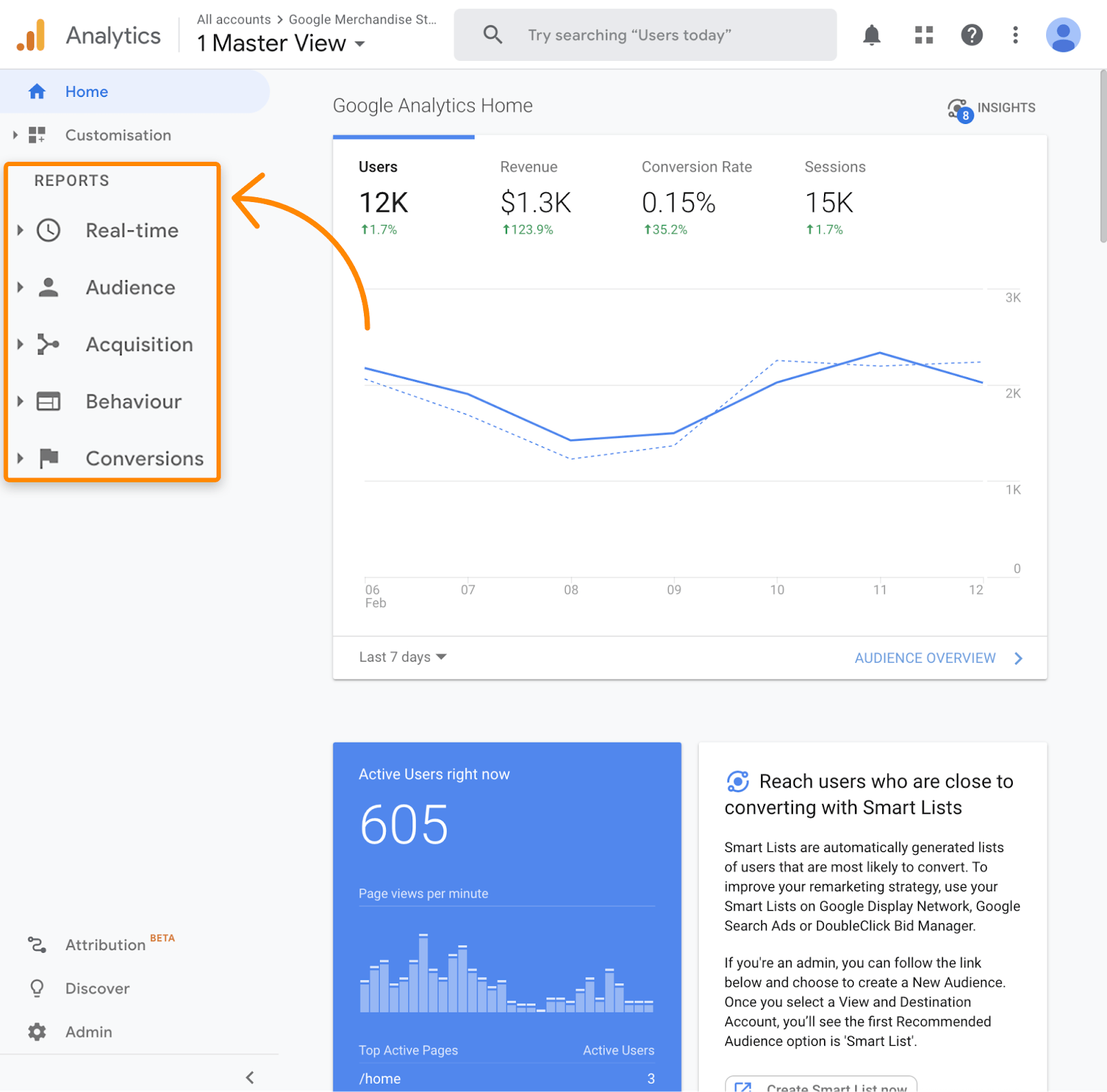Unlocking Secondary Dimensions in Google Analytics: Definition and Practical Use Cases Discovered
Wiki Article
Unveiling the Impact of Secondary Measurement in Google Analytics on Data Evaluation and Insights
In the world of data analytics, the application of secondary dimensions within Google Analytics has actually emerged as an essential device for extracting much deeper insights and unraveling complicated patterns that may or else remain covered. By peeling back the layers of primary information sets, additional dimensions provide a nuanced perspective that improves the understanding of customer behavior, site efficiency, and the efficiency of marketing techniques. However, truth influence and untapped potential of secondary dimensions are often undervalued, eclipsed by the appeal of key metrics. As we navigate through the elaborate landscape of data analysis, the significance of secondary dimensions comes to be increasingly obvious, shedding light on vital information that hold the trick to notified decision-making and tactical optimizations.Exploring the Idea of Additional Measurements
Secondary dimensions in Google Analytics offer additional insights by allowing individuals to examine key data in conjunction with a secondary feature. By integrating secondary dimensions, users can dig deeper into the information and uncover valuable connections that may otherwise go unnoticed - what is a secondary dimension in google analytics.By checking out the various second measurements available in Google Analytics, individuals can unlock new understandings and maximize their electronic advertising efforts. In essence, second dimensions offer as an effective device for boosting data evaluation and driving workable results.
Enhancing Data Interpretation With Second Dimensions
Having developed the foundational understanding of additional measurements in Google Analytics and their essential duty in information analysis, the focus currently moves towards leveraging these second features to boost the interpretation of analytics data (what is a secondary dimension in google analytics). By including additional dimensions right into data evaluation, experts can obtain deeper understandings into user behavior, website efficiency, and advertising effectiveness

Moreover, secondary dimensions aid in contextualizing key data metrics by offering extra layers of information. This contextualization help in understanding the 'why' behind the data trends, aiding experts make educated decisions and optimizations to boost general efficiency. Ultimately, incorporating secondary dimensions enriches the information analysis procedure, leading to even more significant understandings and strategic activities.
Discovering Hidden Insights Through Secondary Dimensions
Checking out the midsts of analytics information with secondary measurements exposes beneficial insights that would or else continue to be obscured. By including secondary measurements in Google Analytics, companies can uncover hidden patterns, trends, and relationships that supply an even more comprehensive understanding of individual actions and web site efficiency. These extra layers of information allow experts to dive much deeper into the primary dimensions, such as traffic sources or touchdown web pages, and acquire an extra nuanced viewpoint on just how different variables communicate with each various other.Through making use of second measurements, analysts can sector and compare information across numerous dimensions, enabling them to recognize specific variables that influence individual involvement, conversion rates, and total success metrics. For instance, by coupling the primary measurement of 'device category' with the additional dimension of 'age team,' marketing professionals can determine which age demographics favor accessing the website via smart phones versus desktops. This level of granularity equips companies to make data-driven decisions and maximize their techniques for better results. Inevitably, discovering surprise insights with secondary dimensions enhances the depth and precision of data evaluation, leading to more enlightened decision-making and boosted performance end results.
Leveraging Secondary Dimensions for Actionable Analytics
Building upon the insights introduced with additional measurements in Google Analytics, businesses can now harness this enriched data landscape to drive workable analytics and tactical decision-making. By leveraging second dimensions, companies can dig much deeper right into their data to extract read this valuable patterns, trends, and relationships that might have formerly gone undetected. This much deeper degree of analysis makes it possible for businesses to acquire an extra comprehensive understanding of user actions, campaign efficiency, and general website performance.One key advantage of making use of secondary measurements for actionable analytics is the ability to sector data based upon particular standards. This division permits businesses to tailor their projects and approaches to different target market groups, bring go to this site about a lot more targeted and effective advertising efforts - what is a secondary dimension in google analytics. In addition, second measurements provide an even more alternative sight of individual interactions, allowing organizations to enhance their web site material, design, and overall customer experience
Making The Most Of Decision-Making With Secondary Measurements
To boost tactical decision-making in analytics, leveraging secondary dimensions in Google Analytics can offer a more nuanced perspective on user habits and campaign efficiency. By including secondary measurements right into information analysis, businesses can dig much deeper into the specifics of their site visitors' interactions and interaction patterns. This extra layer of information enables an extra thorough understanding of how different variables, such as demographics, gadgets, or web traffic resources, impact essential efficiency signs.
Final Thought
To conclude, using additional measurements in Google Analytics plays an essential function in boosting information evaluation and discovering covert insights. By discovering this concept, one can obtain a much deeper understanding of customer actions and make notified choices based on actionable analytics. Leveraging secondary measurements enables for a more detailed interpretation of data and takes full advantage of the effectiveness of decision-making procedures.
Report this wiki page